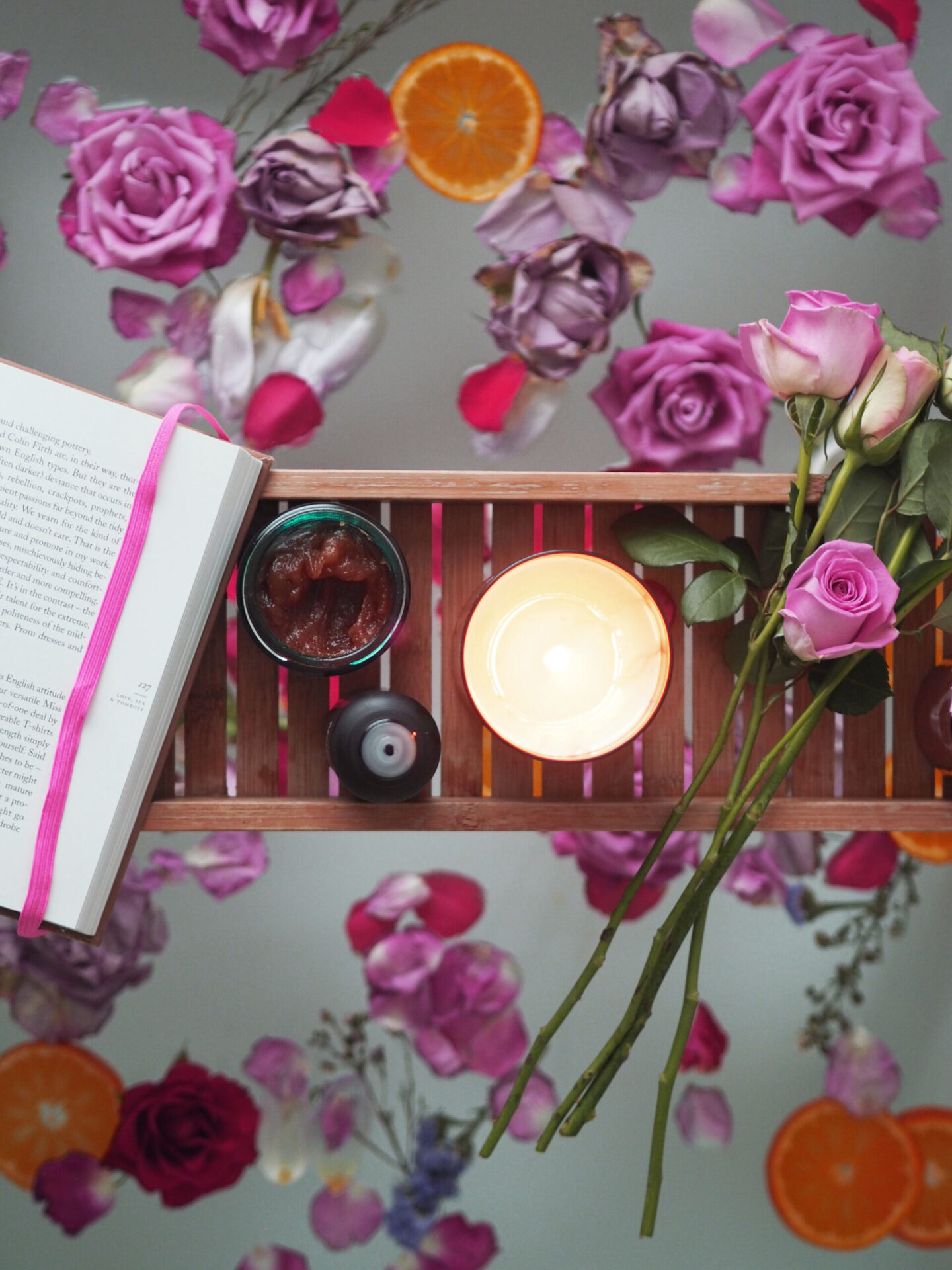 A restful night’s sleep starts with more than just a comfy bed; it begins with the room itself. From temperature control and lighting choices to colour and clutter, your environment plays a powerful role in how well you rest each night. If you’re in the process of moving or exploring new build homes, it’s the perfect opportunity to give some thought to your bedroom layout and improving, or simply getting, restful sleep. Modern layouts can provide better insulation, quiet zones, and the chance to incorporate thoughtful design choices, which are always a great starting point, but there are more steps you can take once you have moved in. Here’s how to design a bedroom that actively supports better sleep.
A restful night’s sleep starts with more than just a comfy bed; it begins with the room itself. From temperature control and lighting choices to colour and clutter, your environment plays a powerful role in how well you rest each night. If you’re in the process of moving or exploring new build homes, it’s the perfect opportunity to give some thought to your bedroom layout and improving, or simply getting, restful sleep. Modern layouts can provide better insulation, quiet zones, and the chance to incorporate thoughtful design choices, which are always a great starting point, but there are more steps you can take once you have moved in. Here’s how to design a bedroom that actively supports better sleep.
The Science of Sleep-Friendly Spaces
Good sleep starts with the right environment. A cool, quiet, and dark bedroom helps the body to produce melatonin, the hormone that regulates your sleep-wake cycle. Minimising noise, keeping your bedroom clutter-free, and controlling light levels all contribute to more restful sleep.
Choosing the Right Mattress and Bedding
Your mattress and bedding should support your sleeping position and regulate temperature throughout the night. Choose a mattress that suits your sleep style: firmer for back or stomach sleepers and softer for those who sleep on their side. Experts recommend natural-fibre bedding such as cotton or linen, which is breathable and gentle on the skin.
Keep It Cool: Temperature Control Tips
Research shows the ideal bedroom temperature for sleep is between 16 and 18°C. If your room tends to get too warm or cold, consider adding insulation that regulates heat, adjusting ventilation before bedtime, or using lightweight layers on the bed that can be added or removed as needed.
If your room tends to get too warm or cold, consider adding insulation that regulates heat, adjusting ventilation before bedtime, or using lightweight layers on the bed that can be added or removed as needed. If your room tends to get too warm or cold, consider adding insulation that regulates heat, adjusting ventilation before bedtime, or using lightweight layers on the bed that can be added or removed as needed. If you want to feel comfy and cool, then you can go for a pair of cooling pajamas to get the best of both worlds.
Lighting Matters:
Lighting plays a key role in sleep quality. Natural daylight in the morning helps regulate your circadian rhythm. At night, switch to soft, warm-toned lighting and install blackout curtains to block out disruptive light overnight. Avoid screens an hour before bed, as blue light suppresses melatonin production.
Declutter for a Calm Mind
Cluttered rooms can create mental overstimulation and increase stress levels. A tidy bedroom with smart storage solutions, like under-bed drawers or built-in wardrobes, helps to keep your space organised. A tidy room encourages a calm, clear mind and promotes a smoother wind-down at night.

Colour Psychology: Choosing Soothing Tones
Certain colours can have a calming psychological effect. Avoid bright, intense colours in the bedroom, as these can be stimulating and interfere with your ability to relax before sleep. Muted blues, pale greys, greens, and earthy tones are linked to relaxation and better sleep quality.
Soundproofing and Sleep Sounds
To minimise outside noise, try using dense rugs, heavy drapes, or installing double glazing. If total silence feels a bit too intense, soothing sleep sounds or a white noise machine can help to provide a more peaceful background.
Aromatherapy and Sleep Scents
Fragrances such as lavender, chamomile, and bergamot are known for their calming effects. Incorporating them in your room through a diffuser, pillow mist, or essential oil roller can gently cue your mind and body that it’s time to wind down.
Smart Tech and Sleep: Use with Caution
Technology can encourage healthier routines when used correctly. Devices like sunrise alarms and sleep monitors are widely used. However, it’s best to keep screens out of the bedroom, since the blue light from phones and tablets may interfere with melatonin levels and disrupt sleep.
